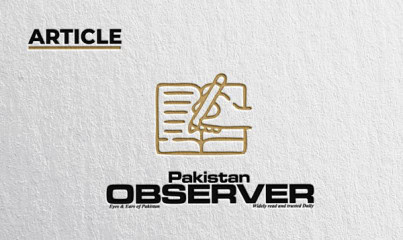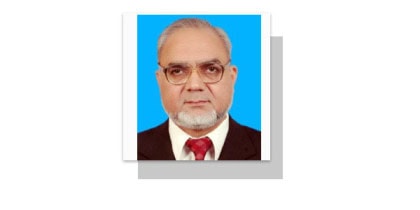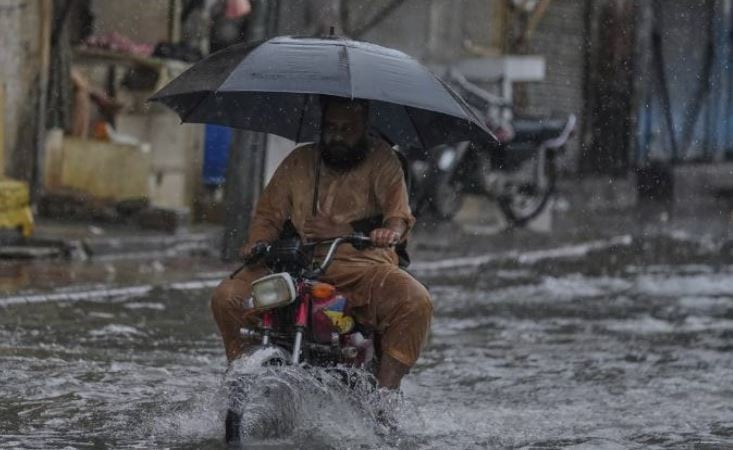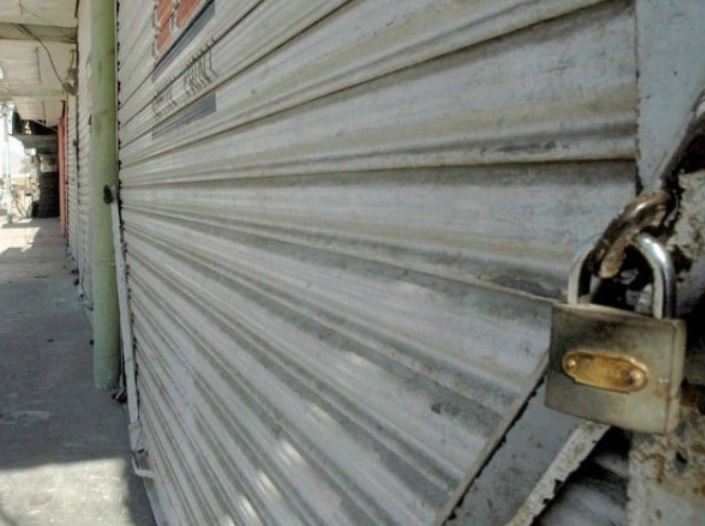Syed Qamar Afzal Rizvi
WHILE most of the world remains in the grip of a deadly pandemic, New Zealanders are taking comfort from the fact that the Kiwis are close to eliminating the virus. Fewer than 100 people have it, and in the past couple of days there were no new cases at all. Seven weeks after Prime Minister Jacinda Ardern imposed tighter restrictions to contain the coronavirus, the nation seems to have returned to normal life. Experts say a number of factors have helped New Zealand wipe out the disease. Its isolated location in the South Pacific gave it the favour to see the devastating spread of the virus in other countries. Ardern also acted decisively by imposing a strict lockdown early in the outbreak. Today, Pakistan must learn from the New Zeeland model, adopting an academic and systematic approach vis-a-vis the COVID-19. The fatal infliction or the outbreak of novel Coronavirus is a public health emergency that had caused disastrous results in more than 100 countries. The ability to detect disease outbreaks in the early stages is a key component of efficient disease control and prevention. With the increased availability of electronic health-care data and spatial analysis techniques, there is great potential to develop algorithms to enable more effective disease surveillance. GIS techniques, resources, and methods can be used in Pakistan for more effective investigation of disease.
On 23 March, New Zealand’s Prime Minister Jacinda Ardern, whom some have called “the most effective leader on the planet”, signalled that within days normal life would temporarily end. Proactively, she announced a four-stage coronavirus crisis response alert system, as part of an audacious plan to eliminate rather than contain the virus. Her government had already banned travellers from China in early February, before New Zealand had even registered a single case of the virus. On March 19, she announced the closure of the nation’s borders to foreigners, a move once considered unthinkable for a country at the bottom of the South Pacific that relies heavily on tourism. Some New Zealanders believe that given the circumstances, isolation has its merits. For a while now, there has been a backlash against the ills of globalization, against mass tourism, foreign investors and rising real estate prices. A lengthy pause could give people an opportunity to reconsider how much globalization they really want. Or, indeed, how little self-reliance is at heart of the country’s identity. The notion that New Zealanders are most innovative when left to their own devices even has a name here. It’s called “Kiwi ingenuity.” Those restrictions lasted over a month before they were slowly eased again. Now, all social and economic restrictions have been lifted, and only border restrictions remain.
The lockdown rules were vital as they “suppressed the spread of the virus early and bought precious time that other countries wasted,” Oksana Pyzik, senior teaching fellow at University College London’s School of Pharmacy, told DW. New Zealand’s government was following the best guidelines for dealing with a new virus. “The cornerstone of a pandemic response for every country must be to find, test, isolate and care for every case, and to trace and quarantine every contact,” Pyzik added. “That is every country’s best defence against COVID-19 and it is how New Zealand succeeded in overcoming COVID-19.”But though the curve appears to have flattened, New Zealand’s top health expert warned against people congregating outside public spaces.
“Like many people returning to work today, I have enjoyed a takeaway coffee. However it is important not to congregate outside the cafes, the car park of takeaway places like McDonald’s. We do not want to see the sort of rebound we have seen in other countries,” said Dr Ashley Bloomfield. Key to New Zealand’s response to Covid-19, Dr Wiles argues, was that the Prime Minister and Government visibly put people’s health first, and whereas other countries which delayed imposed social distancing measures for fear of the economic damage are now having a much harder time controlling the virus. “Surely, a dead or a dying population is bad for the economy,” she says.
As of the Pakistani situation, over 2, 18000 people have reportedly been infected in Pakistan during the global COVID-19 pandemic. Since the first two cases detected in late February, some 4, 335 people have lost their lives fighting the deadly disease, while the spread of the disease has reached over 138 out of 158 districts across Pakistan, the highest number of cases were reported in Punjab followed by Sindh. The least affected region with limited reported cases so far is Pakistan administered Kashmir. The Government, with support from international and national humanitarian and development partners, have responded to the pandemic by strengthening response coordination, case management, disease surveillance, testing services in laboratories, strengthening health systems, and community mobilization, sensitization and empowerment to cope with the negative impact of the COVID-19. To mitigate the impact of the disruption of daily life, Islamabad has been taking a number of initiatives, including a cash disbursement of $80 – $82 per month to 12 million families through the Pakistan Social Protection Programme (Ehsaas)
Although early protective measures taken by the Government resulted in containing the spread of the infection in the early weeks of the pandemic, a rapid increase has been recorded in the months of May-June notably increasing since mid-March. The availability of medical supplies, testing kits and medicines is the second biggest humanitarian crisis in the country. With the limited medical facilities available, most cases are at risk of going without being detected, resulting in a higher number of infected cases in the country. A quarter of the population (around 53 million people) lives below the national poverty line and around two fifth are multi-dimensionally poor. Similarly, food insecurity is also very high and between 20-30% population is in some form of food insecurity in Pakistan. But a fair assessment suggests that a lack of coordinative mechanism has been the real cause of our intensifying the pandemic fatality across the country.
—The writer, an independent ‘IR’ researcher-cum-international law analyst based in Pakistan, is member of European Consortium for Political Research Standing Group on IR, Critical Peace & Conflict Studies, also a member of Washington Foreign Law Society and European Society of International Law.


















